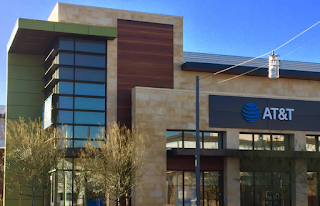AT&T outlined Indigo -- a "Network 3.0" initiative to create a trusted environment where organizations can share data and collaborate on analytics.
The announcement, which was made at the annual AT&T Developer Summit in Las Vegas, envisions a more advanced network centered around trust. Trusted identification, network connection, cloud provider and network operator.
AT&T Network 3.0 Indigo has three pillars:
http://about.att.com/innovationblog/indigo
The announcement, which was made at the annual AT&T Developer Summit in Las Vegas, envisions a more advanced network centered around trust. Trusted identification, network connection, cloud provider and network operator.
AT&T Network 3.0 Indigo has three pillars:
- A new platform to enable closed communities of data sharing and collaboration. This platform will have strong identity management, a policy engine (rules enforcer), rightful retention of data ownership, and 2 types of analytics – built-in and bring-your-own. Organizations will create communities and invite others to join.
- Running on a virtualized network, such as the AT&T software-defined network. The AT&T SDN has API access, built-in secure access channels like NetBond, and identity and access-management services. As other networks adopt our open-source ECOMP framework, community memberships can span across networks.
- Necessary infrastructure services – compute, network and storage. Any virtual private cloud provider with API-accessible cloud orchestration could enable these services.
http://about.att.com/innovationblog/indigo













